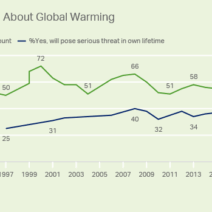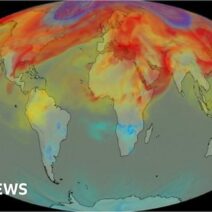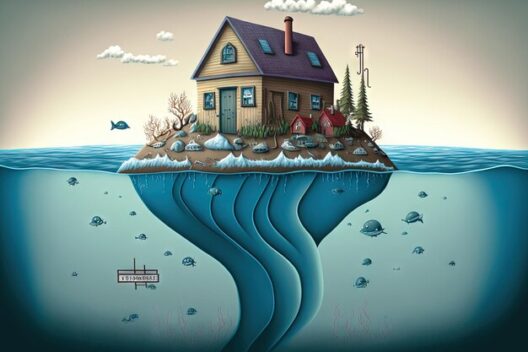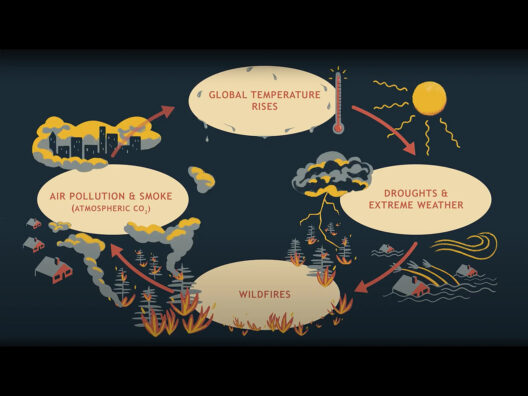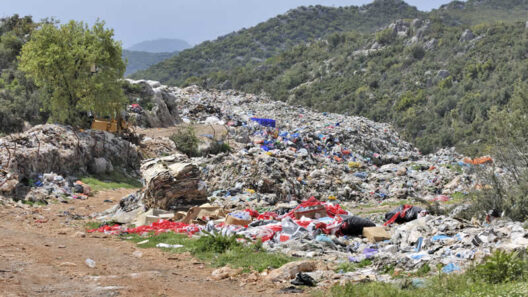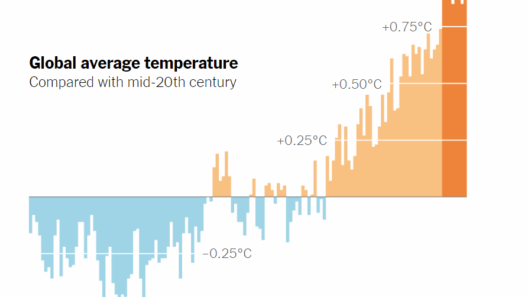Global warming is a pervasive threat that extends its reach far beyond rising temperatures. One of the harrowing consequences of climate change is the proliferating presence of invasive species in various ecosystems. As the planet continues to warm, these non-native organisms thrive in altering habitats, outcompeting indigenous species, and ultimately jeopardizing biodiversity. This phenomenon warrants a comprehensive exploration of its implications, causes, and potential solutions.
Invasive species can be delineated as organisms introduced, intentionally or unintentionally, into ecosystems outside their native range, where they become established and proliferate. They can be plants, animals, fungi, or microorganisms that, when introduced to a new habitat, often lack natural predators. This absence allows them to exploit resources and space more aggressively than native species. As the climate shifts, so do the habitats available for these invaders, exacerbating their spread.
The current trajectory of global warming is reshaping ecosystems in several profound ways. One aspect involves shifting temperature and precipitation patterns. Many species possess specific thermal tolerances and moisture requirements; as climate zones shift, these native organisms may find it increasingly difficult to survive in their traditional locales. Conversely, invasive species, often characterized by their adaptability, exploit these new conditions, thrive in a range of environments, and expand their geographical footprint.
For instance, the lionfish, originally from the Indo-Pacific region, has become a notorious invader in the Atlantic Ocean. Warmer waters enable its expansion, with robust reproductive rates and voracious appetites leading to dramatic declines in native fish populations. The repercussions of such invaders ripple through aquatic ecosystems, affecting biodiversity and fisheries—a vital resource for many coastal communities.
Alongside changing climates, the frequency of extreme weather events, such as floods and droughts, is on the rise. Such conditions create opportunities for invasive species to establish footholds in disturbed environments. Disturbance, whether natural or anthropogenic, often weakens the native flora and fauna, providing openings for invaders that may be more resilient or opportunistic. An illustrative example lies within the realm of terrestrial ecosystems, where invasive grasses, like cheatgrass, take advantage of wildfires to occupy previously intact habitats. This not only alters fire regimes but also undermines native plant communities.
Moreover, global trade and transportation exacerbate the spread of invasive species. There exists a correlation between the increase in international trade flow and the heightened incidence of non-native species introduction. Ballast water from ships, cargo, and even horticultural trades can inadvertently transport organisms across vast distances. Once introduced, these species can establish quickly and dominate their new environments, leading to significant ecological and economic consequences.
The predilection of invasive species to thrive in human-altered landscapes further complicates matters. Urbanization, agriculture, and land use changes foster conditions that favor many invasives. For example, the flame vine (Pyrostegia venusta), a native of South America, has become a prevalent invasive in tropical and subtropical areas worldwide, outcompeting native flora in urban landscapes and causing ecological disturbances.
The consequences of invasive species proliferating in the wake of global warming are not merely ecological. They encompass socio-economic frameworks as well. The costs tied to managing invasive species and restoring native ecosystems can be exorbitant. Governments and conservation organizations are often faced with the Herculean task of controlling these species while simultaneously preserving biodiversity and ecosystem services. This can include everything from direct management practices, such as removing invasive species, to long-term prevention strategies like legislation and public awareness campaigns.
Concurrently, the intrinsic value of biodiversity, ecological resilience, and the ecosystem services it provides—such as pollination, nutrient cycling, and water filtration—are all at stake. Biodiversity is the backbone of ecological stability; once altered significantly by invasive species, systems may take decades, if not centuries, to recover, if they succeed at all. The loss of these critical functions underscores the urgency of addressing global warming and its myriad consequences.
Effective measures to combat the rise of invasive species in a warming world necessitate a multi-faceted approach. Policymakers must prioritize environmental management frameworks that incorporate climate change projections, enabling proactive rather than reactive strategies. Collaboration between scientists, conservationists, and the public can foster greater awareness about the ecological threat posed by invasive species, promoting community-led initiatives aimed at preventing introductions and minimizing impacts.
Public education is paramount. National and international movements that promote the recognition of invasive species can galvanize public sentiment, engendering a sense of collective responsibility while mitigating human-induced pathways of introduction. Enhanced early detection and rapid response systems also play a critical role in limiting the spread of these organisms once they are identified.
In conclusion, the rising tide of invasive species driven by global warming represents not only an ecological crisis but a multi-dimensional challenge that impacts biodiversity, economies, and human wellbeing. Addressing this issue requires an integrated approach that combines scientific understanding, public engagement, and robust policy frameworks. Only then can societies begin to navigate the complexities that arise from the intersection of climate change and invasive species, forging pathways toward a more sustainable and balanced future.
